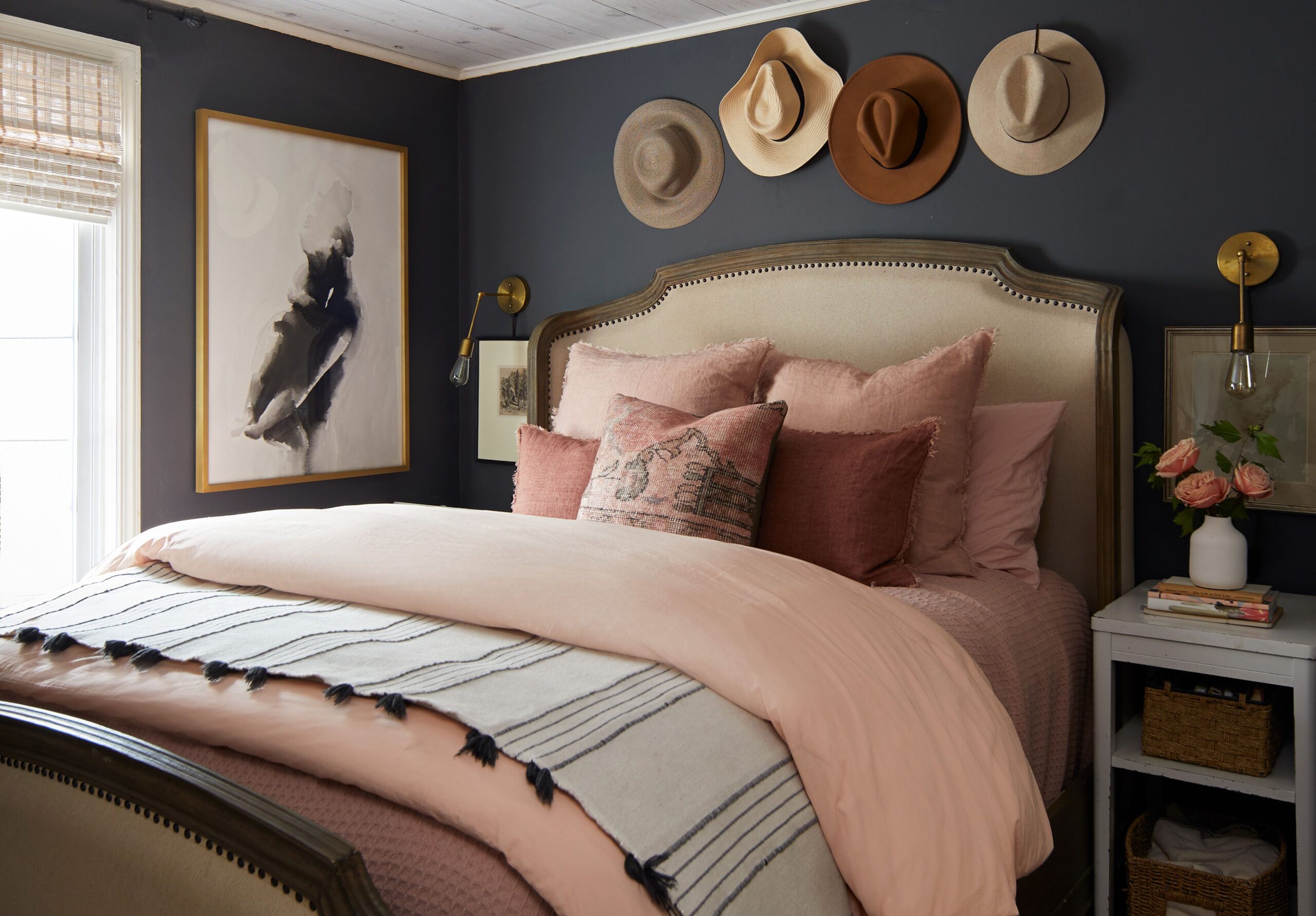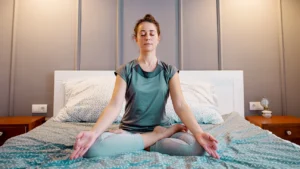One of the best things you can do to help you sleep better is to make your bedroom more relaxing. The room you sleep in should be a haven for your mind and body, where you can relax and recover from a long day. Whether you suffer from insomnia or just want to wake up feeling more relaxed, making a few smart changes to your bedroom can make a big difference.
Below is a comprehensive guide on how to make your bedroom a calm and relaxing place to help you sleep better.
Choose a color that calms you down
Color is an important part of our perception. Soft, soothing tones are more likely to calm you down than bright, powerful tones. Use light blue, soft gray, soft brown, lavender, or light green to make your room more conducive to sleep. These colors can make you feel calm and reduce stress.
Avoid bright colors like red, orange, or neon in your bedroom; they can make you feel more alert instead of calm.
Invest in comfortable bedding. Your mattress, pillows, and sheets directly affect the quality of your sleep. Whether you sleep on your back, side, or stomach, it’s important to choose a mattress that fits your sleeping style. Your pillow should support the natural curve of your neck, and your bedding should be soft and breathable.
Natural materials like cotton, bamboo, or linen are a good choice for beds. They allow your skin to breathe, which helps keep your body temperature stable throughout the night.
Clear the clutter and keep your mind clear
It can be hard to relax before bed with all the clutter lying around. Make sure your bedroom is clean and tidy. Bins, shelves, and boxes under your bed are great ways to keep your belongings organized.
A clean space helps you think more clearly and makes you feel more comfortable when you come in.
Block out noise and light
Too much noise and light can disrupt your body’s normal sleep-wake cycle. To block out outside light, consider using blackout curtains or blinds. Use a white noise machine or a fan to block out the sound.
If you live in a noisy area or share a wall with neighbors, soundproofing with carpet, upholstery, or acoustic panels can also help.
Aromatherapy can add soothing scents to your environment.
Aromatherapy can help prepare you for a restful sleep. Certain essential oils, such as lavender, chamomile, sandalwood, and vanilla, can help people feel calm. You can add a relaxing scent to your bedroom by using an essential oil diffuser, pillow spray, or adding a few drops of essential oil to your sheets.
These natural scents can help reduce stress and signal to your brain that it’s time to relax.
Add some soft lighting
At night, bright overhead lights can irritate your eyes and suppress the production of melatonin, the hormone that makes you sleepy. To create soft light, use string lights, adjustable table lamps, or salt lamps.
Warm lighting creates a calming atmosphere in the room and prepares your brain for sleep. You can also install smart lighting that gradually dims the lights as it approaches bedtime.
Avoid using too many electronic products
The blue light from cell phones, computers, and televisions prevents the body from producing melatonin, which keeps the brain awake longer. It is best to have no screens in the bedroom.
If you use your phone as an alarm clock, set it to a regular alarm clock or turn on night mode to reduce the blue light. Make sure there are no electronics in your bedroom so that your brain knows it is time to rest.
Add some calming decor
A few simple changes to your bedroom decor can help you relax. Add something that makes you happy and comfortable, such as a framed painting, a soft blanket, or a piece of art that calms you down.
Plants can also help you relax. Tigertail orchids, lavender, and lilies are all low-maintenance plants that purify the air and create a naturally calming atmosphere.
Finding the Optimal Sleep Temperatur
As you prepare for sleep, your body temperature naturally drops. Keep your bedroom cool—the optimal temperature is between 16 and 19 degrees Celsius (60 and 67 degrees Fahrenheit). To maintain a reasonable temperature, consider using a space heater, breathable sheets, and a light blanket.
If you get cold easily, carry extra blankets so you can change them during the night as needed.
Make it a habit to de-stress
By placing a few pillows in a corner or stacking a few on top of each other, you can create a warm and inviting atmosphere in your home.
Final Thoughts
Making your bedroom a relaxing place where you can fall asleep more easily doesn’t have to be difficult or expensive. Carefully changing the colors, lighting, textures, and structure of your space can have a big impact on your ability to relax and sleep.
Creating a space that contributes to your physical and mental health can help you sleep better, and it can improve every aspect of your life.




